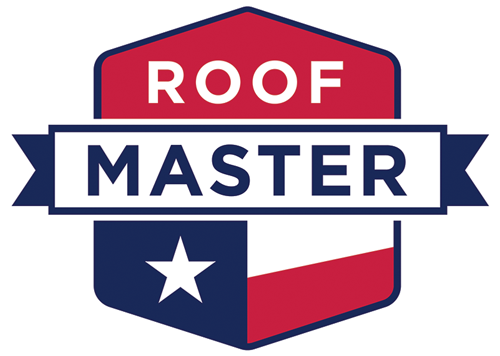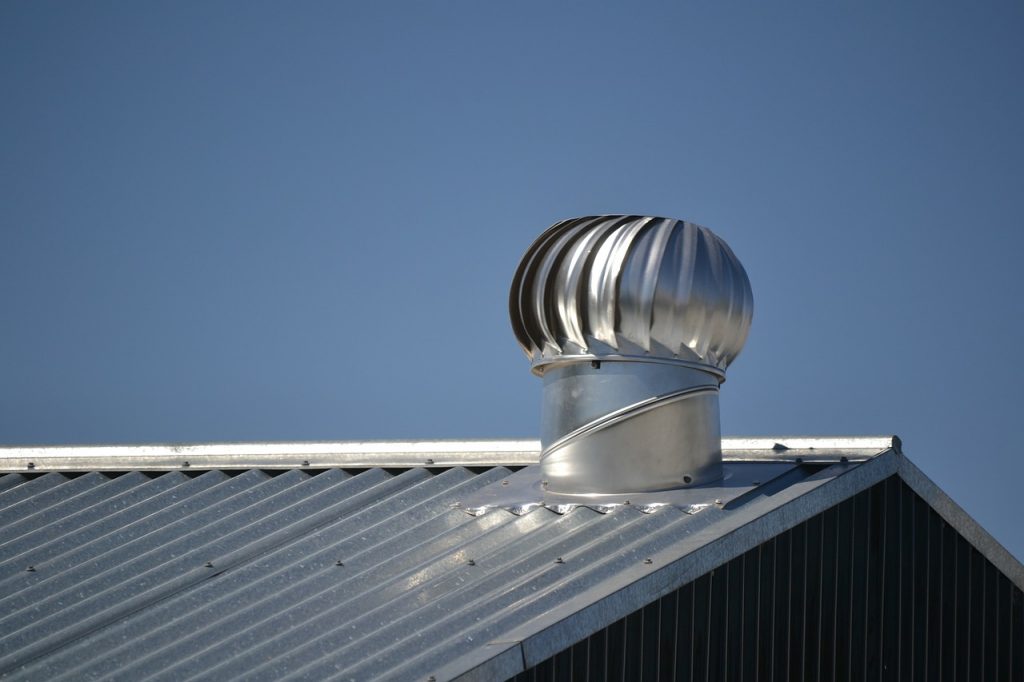Many people investigate how to insulate their roofs to reduce temperature fluctuations. However, apart from this, you also need to think about how to save energy. The only way to achieve this is by acquiring the best attic ventilation. This is what will push out all the unwanted air out of your attic to maintain a consistent climate inside your home. That’s why we are here to help you choose amongst the top attic ventilation types.
We know that at this moment, you might be wondering why attic ventilation is necessary. For starters, several things can happen if you don’t fix this issue. For instance, your energy cost could increase, and your HVAC system could get damaged. However, that is not the worst part. Without ventilation, you will have poor roofing protection, bad air quality, and extra moisture.
Apart from the problems, we have already mentioned an inefficient ventilation system in your attic could create ice dams. This is what can end up damaging your home permanently. For all these reasons, it is crucial to find the best attic ventilation for your house.
Overall, according to the general regulations, you will have to install a one-square-foot vent for every 300 square feet of roof in your attic. However, this is something an expert will need to evaluate depending on the characteristics of your house. We advise you to also look at the local requirements to check requirements.
Attic ventilation types
If you want to get the best attic ventilation for your home, then you first need to learn about what is available.
Passive Ventilation
This is also known as natural ventilation. In this regard, the attic ventilation types use natural methods that offer proper air circulation. The vents that provide this kind of ventilation will bring fresh air in and push out the unwanted air. For its characteristics, the passive ventilation system is also known as exhaust.
Exhaust vents are a great option for properties where there is a great difference between the temperature inside and outside your house. Because a passive ventilation system doesn’t need much maintenance, it will also be cheaper.
Active ventilation
Active ventilation is the one that will provide better indoor air circulation through fans that you will need to use in key spots that accumulate moisture. The best part is that the intake vents will keep harmful contaminants and gases out of your home. Many homeowners love this kind of ventilation since it is more consistent, and it doesn’t rely on natural processes.
The way intake vents work is that fresh air will enter your room through designated spaces located low on the roofline. That means the cold air will be below the hot air, pushing it outside of your home. However, if you want this cycle to work, you will also need to purchase a proper passive ventilation system.
Now, after learning about the attic ventilation types, you know that it is crucial to have intake and exhaust vents. Each category offers a wide variety of products. To understand which one would be better for your home, in the next section, we will talk about attic ventilation fans’ pros and cons.
Exhaust vents
The first thing you need to know is that usually when people want to install exhaust vents in their homes, they will also purchase a new roof. That’s why we advise you to talk to a roofing expert before buying exhaust vents.
- Ridge vent
These are the most popular types of exhaust vents and are usually installed at the peak of your roof. This position will allow them to let all the hot air inside your home escape. When installed, ridge vents will be placed along the length of your roof to make the whole process more effective. The best part is that all roofing experts are familiar with this type of equipment.
Ridge vents offer a series of advantages, including a more aesthetically pleasing look and a better distribution of the temperature. The only con of this system is that, as mentioned above, you will also have to invest in intake vents.
- Off-ridge vents
This type of vent only works with roofs with three-tab asphalt shingles and is installed close to the crest of the surface. Because of their appearance, people usually believe these are box vents. However, these are smaller and work more efficiently in regular homes. We would recommend off-ridge vents for a house that has a lot of peaks. The only disadvantage you would find is that it is necessary to purchase several of them if you want the cycle to work.
- Box vents
If you decide to install box vents on your roof, then you’ll only need two or three. The best part about this system is that you can install it in specific spots of your roof to target an issue. In case you have a one-of-a-kind design for your structure, then box vents will be the ideal choice. Keep in mind that this ventilation relies on a natural process which reduces its effectiveness.
- Soffit vents
They get their name since these vents are installed in the soffit and eaves in your roof. This means they will be located below the roofline. If you want to cover a long area with this system, then you will have to install a series of them every six feet. However, these soffit vents only work when you combine them with one of the systems mentioned above.
Intake vents
- Powered vents
These are electric fans that pull the hot air out of your attic, which is especially helpful during summer. Powered vents will help you avoid temperature fluctuations inside your attic. This sounds perfect, but the only cons are that they might consume too much energy.
- Solar-powered fans
This is a great alternative option if you want to save up some energy. These fans work the same way as powered vents, but the major difference is that these have built-in solar panels. The price of these will depend on the model you choose, size, and warranty.
Keep in mind that you can find more exhaust and intake vents in the market, but in this article, we are just presenting the most popular ones. Don’t forget that having proper ventilation will expand the lifespan of your roof.
Contact us today for all your roofing needs, including repairs and new installations.



